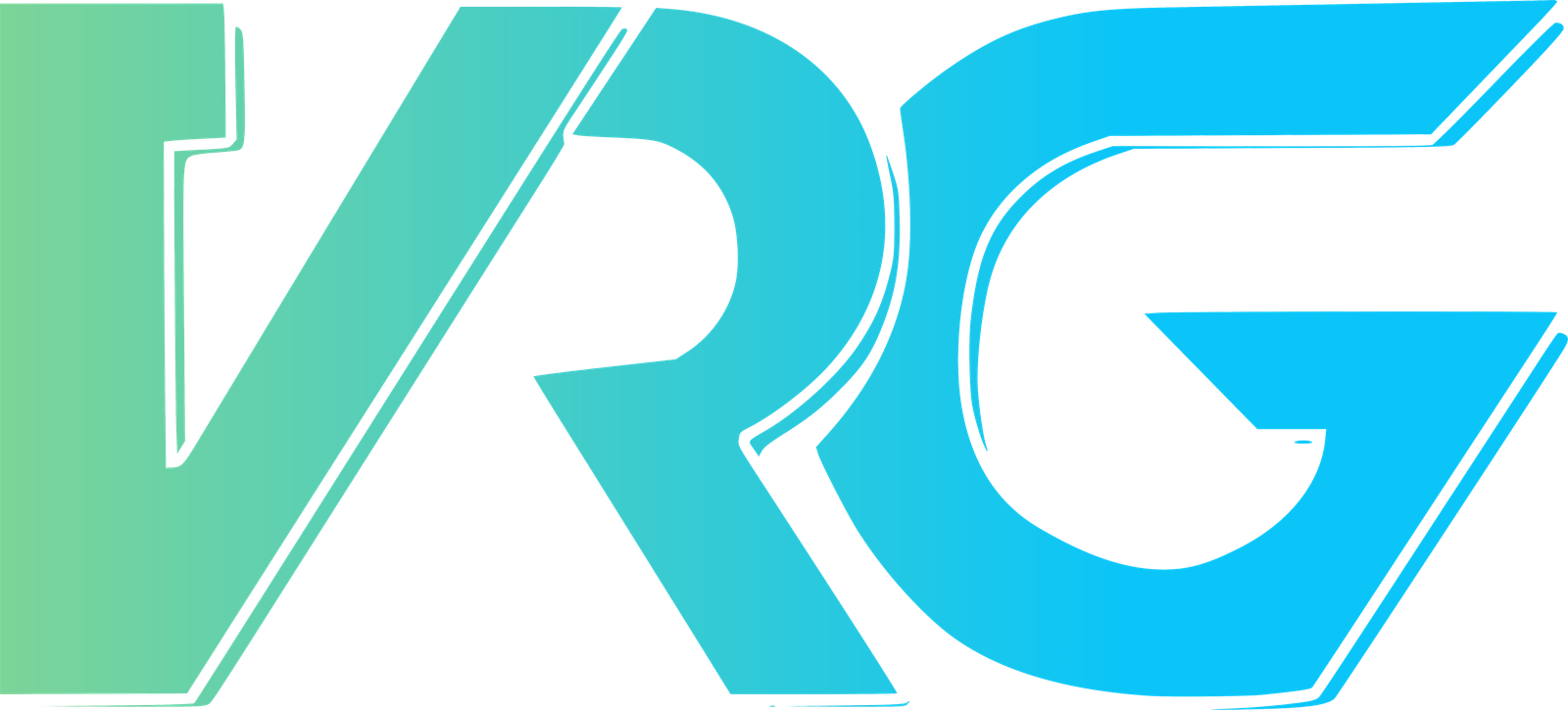Welcome to this Web Development Guide of mastering PHP & WordPress, where we explore the essential tools and techniques for building a successful website. In today’s digital world, creating a well-designed and functional website is more important than ever. Whether you’re building a personal blog, an e-commerce platform, or a corporate site, mastering web development, UI/UX design, and WordPress can significantly impact your success.
Web development is the backbone of every website and web application. It involves coding, designing, and deploying websites, with a focus on both the front-end (what users see) and back-end (the server-side logic) components.
Key Aspects of Web Development:
-
Front-End Development: Focuses on HTML, CSS, and JavaScript to create engaging and responsive websites.
-
Back-End Development: Involves server-side languages like PHP to handle business logic, databases, and server requests.
Understanding both sides of web development is essential for creating dynamic, interactive, and optimized websites. PHP, UI/UX design, and WordPress each play unique but complementary roles in web development.
What is PHP? Why is It Essential for Web Development?
PHP (Hypertext Preprocessor) is one of the most widely used server-side scripting languages in web development. It is used to build dynamic web pages that interact with databases and provide real-time content to users.
Why is PHP Important?
-
Open Source and Free: PHP is open-source, allowing developers to use it freely and contribute to its growth.
-
Database Integration: PHP integrates well with databases like MySQL, making it ideal for building data-driven websites and web applications.
-
Cross-Platform: PHP is compatible with almost all operating systems, including Windows, Linux, and macOS.
-
Speed and Performance: PHP is fast and provides performance optimization for websites with high traffic.
How PHP Powers Web Development
PHP is used for a wide range of web development tasks, including:
-
Creating dynamic content on websites.
-
Handling user authentication and login systems.
-
Interacting with databases to fetch and display content.
-
E-commerce integration for building online stores.
UI/UX Design: Enhancing User Experience and Interface
UI/UX design is the art and science of improving the usability and aesthetics of a website. Both UI (User Interface) and UX (User Experience) design play an integral role in making websites more user-friendly and engaging.
What is UI Design?
UI design focuses on the visual elements and layout of a website. Key components of UI design include:
-
Navigation: Clear, simple navigation ensures users can find what they’re looking for easily.
-
Colors, Typography, and Images: The right mix of visual elements creates a cohesive look and feel.
-
Interactive Components: Buttons, forms, and sliders should be easy to interact with and visually appealing.
What is UX Design?
UX design is all about enhancing the overall experience a user has when interacting with a website. It focuses on:
-
User Research: Understanding the user’s goals and needs to create relevant and useful website content.
-
Wireframes and Prototypes: Design structures that help visualize the layout and functionality before development.
-
Usability Testing: Analyzing how users interact with the website to make improvements based on feedback.
UI/UX design best practices aim to create a seamless, intuitive journey for users, improving engagement and conversion rates.
Why WordPress is the Best CMS for Web Development
WordPress powers over 40% of all websites on the internet. This content management system (CMS) is popular because it is user-friendly, customizable, and scalable, making it ideal for everyone from beginners to experienced developers.
Top Benefits of WordPress for Web Development:
-
User-Friendly Interface: WordPress provides a drag-and-drop editor, making website creation accessible even to non-developers.
-
Customizable Themes and Plugins: WordPress offers thousands of themes and plugins that allow you to customize your website’s look and functionality without coding.
-
SEO-Friendly: WordPress is inherently optimized for search engines, with tools like Yoast SEO to help improve search engine rankings.
-
Scalable: Whether you’re building a small blog or a large e-commerce store, WordPress can handle it.
-
Community Support: With a large community of developers and designers, WordPress has a wealth of resources, tutorials, and forums to assist you.
PHP and WordPress Integration:
Since WordPress is built on PHP, developers can leverage custom PHP code to extend functionality and add unique features to a website. You can:
-
Create custom themes to fit specific design needs.
-
Develop custom plugins that add new features to the website.
-
Modify PHP code to implement more advanced functionality like complex forms or user interactions.
Best Practices for Web Development Using PHP, UI/UX, and WordPress
1. Plan and Research
-
Before starting development, gather client requirements and target audience insights. Design wireframes and prototypes to plan the structure of your website.
2. Optimize for Mobile
-
Responsive design is a must for modern websites. Ensure that your WordPress website looks great on all devices, from smartphones to desktops.
3. Prioritize Website Speed
-
Slow websites drive users away. Use tools like W3 Total Cache and Smush Image Compression to optimize your website’s performance.
4. Focus on SEO Optimization
-
Install SEO plugins like Yoast SEO and optimize your website content by using relevant keywords, writing effective meta descriptions, and using clean code.
-
Ensure that your website loads quickly, uses alt text for images, and includes proper header tags.
5. Ensure Strong Security
-
Regularly update your WordPress themes and plugins. Use security plugins like Wordfence and iThemes Security to protect your site from cyber threats.
-
Implement SSL certificates to ensure your website is secure for users and compliant with modern web standards.
6. Test for Usability
-
Conduct A/B testing and use tools like Google Analytics to track user behavior and identify areas for improvement.




